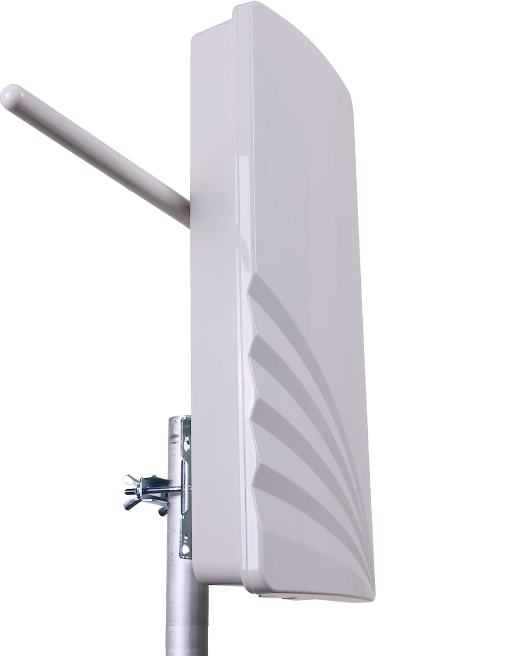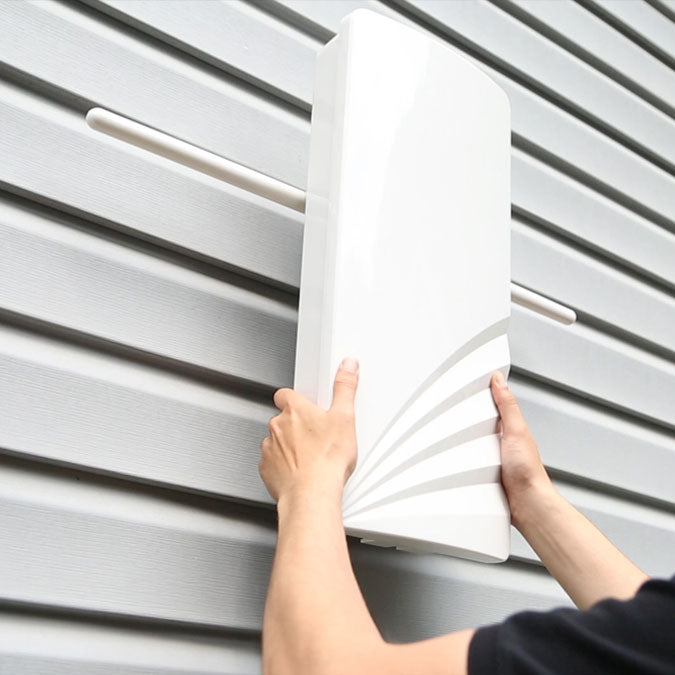The Ultimate Guide to HD Antennas for Perfect TV Reception
Explore superior digital TV reception with the best outdoor HDTV antenna options. Enhance your viewing experience with 4K Unlimited Antenna.

HD antennas are designed to capture high-definition broadcasts, providing superior picture quality and free access to many local channels. Unlike cable or satellite services, HD antennas require no monthly subscription, making them an attractive option for cost-effective, high-quality TV viewing. With an HD antenna, you can enjoy local news, sports, and entertainment channels in full HD, often better than cable due to uncompressed signals. This guide will walk you through everything you need to know about choosing, installing, and maintaining an HD antenna for the best viewing experience.
How HD Antennas Work
HD antennas work by picking up over-the-air (OTA) broadcast signals from local TV stations, which are transmitted as uncompressed digital signals. These signals are then converted by your TV into high-definition audio and video, allowing you to watch clear, crisp content without any degradation in quality. Unlike analog signals, digital broadcasts can carry more data, resulting in better picture and sound. HD antennas can capture signals within a range based on their design and placement, so understanding the basics of signal transmission and reception will help you maximize your viewing options.
Types of HD Antennas
HD antennas come in various types, including indoor, outdoor, and attic antennas. Indoor antennas are compact and best suited for areas near broadcast towers, while outdoor antennas are more powerful and ideal for areas with weak signals. Attic antennas strike a balance, offering better reception than indoor models without the exposure of an outdoor setup. Each type has its pros and cons, making it essential to consider your location, signal strength, and aesthetic preferences before deciding on the right antenna.
Key Features to Look for in HD Antennas
When selecting an HD antenna, consider factors such as range, gain, and multi-directional reception. The range determines how far your antenna can receive signals from broadcast towers, with a higher range being preferable for rural areas. Gain refers to the strength of the signal captured by the antenna, and a higher gain can improve clarity. Multi-directional antennas pick up signals from various directions, making them versatile in urban areas where signals may come from different towers.
Indoor vs. Outdoor HD Antennas
Indoor antennas are easy to install and offer a sleek design that blends with home decor, but they may have limited range. Outdoor antennas, on the other hand, are more powerful and can pick up distant signals effectively. However, they require proper mounting and are more exposed to weather elements. Deciding between an indoor and outdoor antenna depends on your proximity to broadcasting towers, home setup, and preference for convenience versus performance.
Best Placement Tips for Optimal Reception
Positioning your HD antenna correctly is crucial for optimal reception. Place your antenna as high as possible, ideally near a window or on an upper floor, to avoid obstructions that can block signals. Experiment with different locations to find the spot that offers the best reception. For outdoor antennas, mounting them on the roof or high on an exterior wall is often ideal, as this reduces interference from walls and other structures.
Installation Guide for HD Antennas
Installing an HD antenna can be a straightforward process with a bit of planning. Start by identifying the best location for reception, then securely mount the antenna according to the manufacturer’s instructions. Connect the antenna to your TV using a coaxial cable and scan for available channels through your TV’s menu. Most installations require minimal tools, but if you’re installing an outdoor antenna, it may be helpful to have a ladder and drill handy for safe mounting.
Troubleshooting Common HD Antenna Issues
If you experience reception issues with your HD antenna, there are several troubleshooting steps to try. Check that the antenna is correctly connected and that there are no loose cables. Reposition the antenna to see if the signal improves, and ensure it’s free from obstructions like thick walls or metal objects. Weather conditions and interference from nearby electronic devices can also affect reception, so minimizing these factors can help improve signal strength.
Enhancing Signal Strength with Amplifiers
Signal amplifiers can boost the reception of your HD antenna, especially in areas with weak signals. An amplifier works by strengthening the received signal before it reaches your TV, providing clearer audio and video quality. However, amplifiers are only helpful in specific situations and may not improve reception if the issue is due to interference or obstructions. Before investing in an amplifier, try optimizing your antenna’s placement and checking your cable connections.
Understanding Signal Interference and How to Avoid It
Signal interference is a common issue that can impact the performance of your HD antenna. It can be caused by physical obstructions, electronic devices, or even weather conditions. To minimize interference, place your antenna away from thick walls, metal objects, and devices like microwaves or Wi-Fi routers. Additionally, keeping your antenna clear of tall trees or buildings can improve reception, especially if you live in a densely populated area.
Benefits of HD Antennas Over Cable Services
Switching to an HD antenna offers numerous advantages over traditional cable services, such as cost savings and access to free local channels. With an HD antenna, you avoid monthly subscription fees, hidden costs, and contract commitments. Additionally, because broadcast signals are often less compressed than cable, HD antennas can deliver superior picture quality. For many viewers, an HD antenna is an excellent way to cut costs without sacrificing access to essential content like news and sports.
HD Antenna Compatibility with Different TV Models
Most modern HD antennas are compatible with any TV that has a built-in digital tuner, which includes most models made after 2007. For older TVs, you may need a digital converter box to decode the HD signal. It’s important to check your TV’s specifications to confirm compatibility. Once connected, follow the TV’s menu to scan for available channels. This simple setup allows you to watch free high-definition channels on almost any TV model.
Future Trends in HD Antennas and Broadcasting Technology
The future of HD antennas and broadcasting technology is exciting, with advancements in 4K broadcasting, ATSC 3.0 technology, and more robust signal compression methods. Newer antennas are also becoming smarter, with integrated features that allow users to adjust and optimize reception through mobile apps. As broadcast technology evolves, HD antennas will likely offer even better picture quality and a more comprehensive range of channels, keeping viewers up-to-date with high-definition entertainment.
Can HD Antennas Pick Up Cable Channels?
No, HD antennas only pick up over-the-air broadcast channels, not cable-exclusive channels. These antennas capture local broadcast signals available in your area, which may include networks like ABC, NBC, CBS, and Fox. To access cable channels, a cable subscription or streaming service would still be required, as these channels are not freely broadcasted over the air.
How Many Channels Can I Receive with an HD Antenna?
The number of channels you can receive with an HD antenna depends on your location, the distance from broadcast towers, and any physical obstructions. In urban areas, you may receive dozens of channels, including major networks and public broadcasting. Rural areas may have fewer options, but strategic placement and a high-range antenna can improve access to available channels.
Do HD Antennas Work During Bad Weather?
HD antennas can be affected by severe weather conditions, such as heavy rain or snow, which may cause signal interference. However, in most cases, mild weather changes won’t impact reception. Outdoor antennas are more exposed to the elements, so placing them in a sheltered spot or using weatherproof materials can help maintain consistent reception year-round.

 warnerwall123
warnerwall123